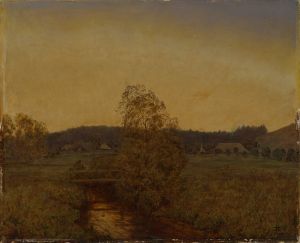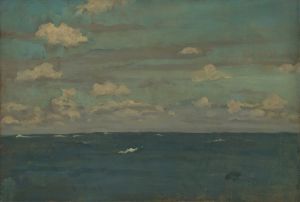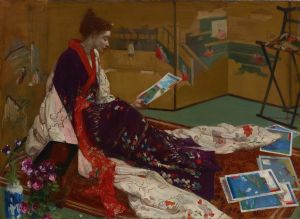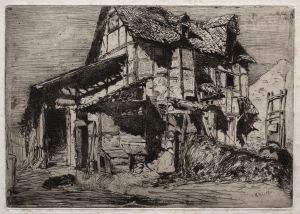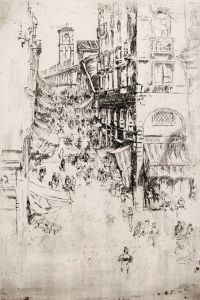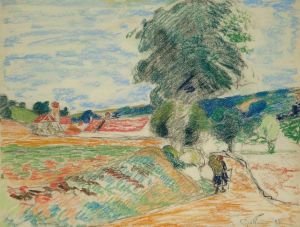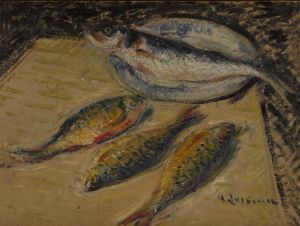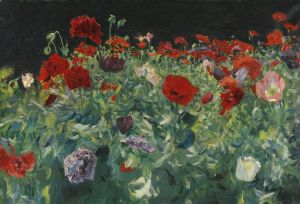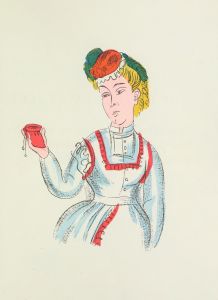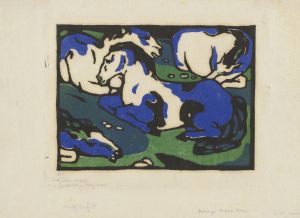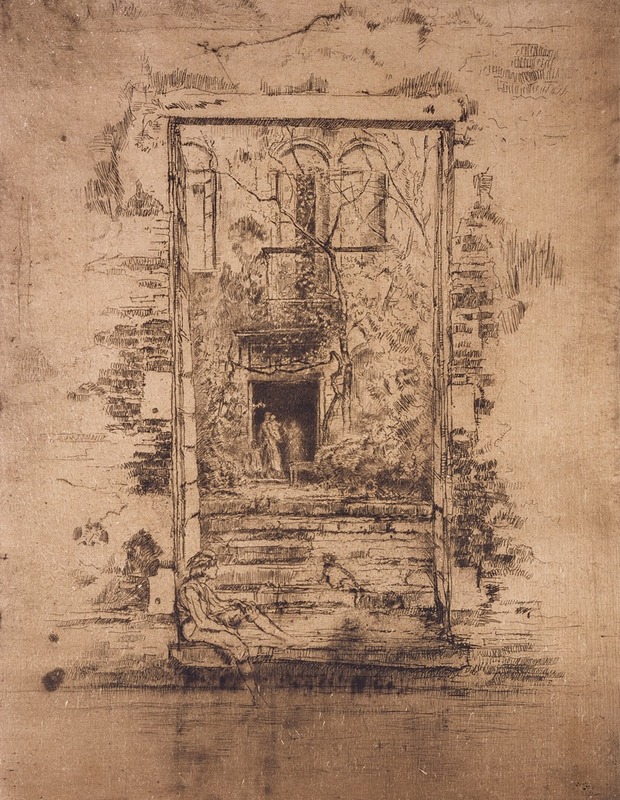
The Garden
A hand-painted replica of James Abbott McNeill Whistler’s masterpiece The Garden, meticulously crafted by professional artists to capture the true essence of the original. Each piece is created with museum-quality canvas and rare mineral pigments, carefully painted by experienced artists with delicate brushstrokes and rich, layered colors to perfectly recreate the texture of the original artwork. Unlike machine-printed reproductions, this hand-painted version brings the painting to life, infused with the artist’s emotions and skill in every stroke. Whether for personal collection or home decoration, it instantly elevates the artistic atmosphere of any space.
James Abbott McNeill Whistler was an influential American artist known for his contributions to the art world during the late 19th century. Among his diverse body of work, "The Garden" is one of his paintings that reflects his unique style and artistic philosophy. Whistler was a proponent of "art for art's sake," a concept that emphasized the aesthetic experience over narrative content or moral messages.
"The Garden" is an oil painting that showcases Whistler's mastery of color, composition, and subtle tonal variations. While specific details about the painting's creation and current location are not widely documented, it is consistent with Whistler's approach to art, which often involved a harmonious arrangement of colors and forms. Whistler's work is characterized by its emphasis on mood and atmosphere, often achieved through a delicate balance of light and shadow.
Whistler's artistic style was heavily influenced by his exposure to various art movements and cultures. He spent a significant portion of his life in Europe, particularly in London and Paris, where he interacted with other prominent artists and was exposed to the burgeoning Impressionist movement. However, Whistler's work maintained a distinct identity, often incorporating elements of Japanese art, which was gaining popularity in Europe at the time. This influence is evident in his use of asymmetrical compositions and a focus on the beauty of everyday scenes.
"The Garden" likely reflects Whistler's interest in capturing the serene and contemplative aspects of nature. His paintings often depict tranquil settings, inviting viewers to appreciate the subtle beauty of the natural world. Whistler's use of a limited color palette and soft brushwork in such works creates a sense of harmony and balance, drawing the viewer into a peaceful, introspective experience.
Throughout his career, Whistler faced both acclaim and controversy. He was known for his strong opinions on art and his often contentious relationships with art critics and institutions. Despite this, his work has had a lasting impact on the art world, influencing subsequent generations of artists. Whistler's emphasis on the aesthetic qualities of art and his innovative approach to composition and color continue to be appreciated by art historians and enthusiasts alike.
While specific information about "The Garden" is limited, it remains an example of Whistler's broader artistic achievements. His ability to convey mood and emotion through subtle visual elements is a testament to his skill and vision as an artist. Whistler's legacy is preserved in his extensive body of work, which continues to be studied and admired for its contribution to the development of modern art.





